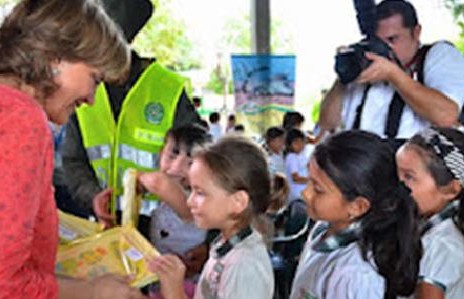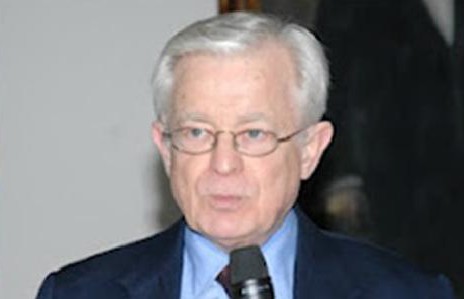
“Todos a Aprender”: Colombia Puts Learning at the Center of its Education Policy
What Columbia is doing to improve its education quality.
This post is also available in: Spanish
After spending many years working in East Asia and the Pacific (EAP, excluding Japan, Korea, Hong Kong, Singapore, Australia and New Zealand) and in Latin America and the Caribbean, (LAC), I have learned one or two things about the similarities and differences of their education systems, particularly in terms of education results.
These two regions are similar (both include large and small countries, small island countries, low- and middle-income countries, fragile countries, etc.) and different (I will mention only cultural differences). There are some similarities regarding education results. For example, Primary Net Enrollment rates are practically the same. International assessment results (both PISA and TIMSS) put most countries at the same (low) level.
And, indeed, there are differences. Primary education repetition rates have consistently been lower in EAP than in LAC (Laos and Timor-Leste in EAP being the exception). Pupil-teacher ratios are lower in EAP than in LAC. In terms of education outcomes, measured by PISA math scores, LAC has greater inequity in the distribution of quality of education, with Brazil, Argentina, Chile, Uruguay, and Colombia showing the highest disparity between what students from high-income families and students from low-income families learn; and Thailand and Indonesia having less disparity than Mexico, which is the LAC country with the lowest inequity in the distribution of quality of education.
In general, EAP gets PISA results above the expected ones according to income level. For example, Indonesia and Thailand have higher than expected results than Colombia or Mexico. Another example of good outcomes from the EAP region is the case of Shanghai (the first province from China to participate in PISA) as they got the highest results in reading, math and science during the last application in 2009. Finally, LAC’s public spending on education is higher than EAP. This means that EAP countries are more efficient in producing education results than LAC ones. Why?
Independently of a big cultural difference (experts agree that in most EAP countries parents give more importance to education than do parents in LAC), and other education inputs and outputs (that we may discuss in future blogs), I am convinced that time on task is a critical factor to explain the difference. Almost without exception in EAP the days included in the academic year are effective days. In other words, the number of days that schools are open is close to the scheduled number, and interruption of teaching-learning interaction due to teachers’ absenteeism and/or teachers’ strikes is minimal. This is not the case in many LAC countries. My view is based on the available limited analytical work and in my experience visiting hundreds of schools (primary, secondary and tertiary institutions) in urban and rural areas in more than 35 countries in the two regions.
In EAP, one rarely sees teachers’ strikes organized by unions. In some countries, teachers unions do not even exist. In LAC, however, it is rare to find a country without a teachers’ strike in any given year. In one Central American country during part of the last decade, for example, students enrolled in formal public schools (with unionized teachers) lost one academic year of schooling every two years because of the numbers of days unionized teachers were on strike. (Notably, non-unionized teachers in that country kept their schools open, and time on task was not affected.)
Based on a qualitative time study in three LAC countries in the early 1990s, we found that only about 10% of the total academic hours in a given year were used in actual pedagogical interaction. This in great part was due to the high absenteeism among teachers. Ten years after this first study, local authorities in one of the countries applied the same methodology and found the same result. In two EAP countries we followed the same methodology and found exactly the opposite: about 90% of the total school year academic hours were used in actual pedagogical interaction between students and teachers. Absenteeism from teachers was a rarity; time on task was high.
This is a topic to which researchers and practitioners are not giving enough attention. We have little systematic evidence regarding time on task in LAC schools. We need more in order to understand the nature of the problem, effectively increase the time on task, and reach better education results.
The author is a former World Bank Education Sector manager for Latin America and the Caribbean and for East Asia and the Pacific.
What Columbia is doing to improve its education quality.
Conference to discuss the topics of training, innovation, corporate social responsibility, and sustainable development.
Video of PREAL co-director at III Forum on Education Quality.
